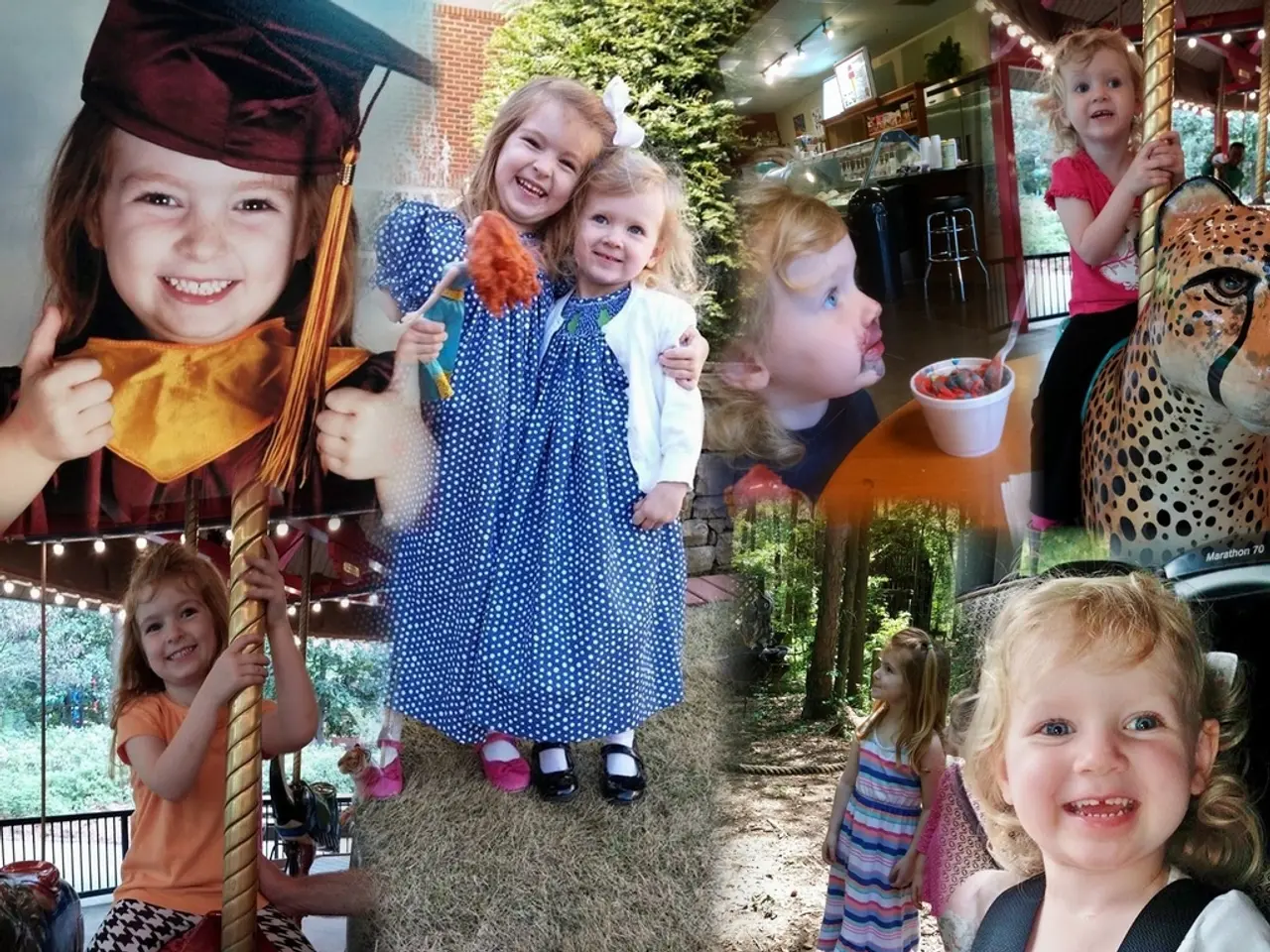Investigating educational opportunities through mistakes at the Children's Museum
In the heart of many cities, children's museums stand as vibrant hubs of exploration and experimentation. These engaging spaces offer unique opportunities for children to learn, not just through success, but also through failure.
In these low-risk, high-choice environments, mistakes are not minimized or rejected, but rather embraced as moments of learning. Adults in children's museums ask guiding questions to transform frustration into reflection and shift attention from victory to questioning. Every mistake is not the end of the story, it's the beginning of one.
Research by Stanford professor Manu Kapur, primarily conducted at the HK Institute of Education and highlighted in Stanford-related discussions, demonstrates the value of this approach. Kapur's work shows that when children are given challenging problems to solve without immediate guidance, their initial failures become a productive part of learning rather than setbacks.
This process, known as productive failure, leads to better conceptual understanding and knowledge transfer in later tasks compared to traditional direct instruction. The "failure" phase activates students' prior knowledge, encourages exploration, and engages them in critical thinking, which fosters cognitive development. When feedback and instruction finally follow, learners are more prepared to absorb and integrate new information effectively because they have struggled and formulated their own problem-solving approaches first.
This approach aligns with the growth mindset principle, where failure is seen as a "not yet" stage rather than a fixed limitation. It supports motivation and resilience in learning by framing mistakes as essential stepping stones toward mastery.
The Children's Museum designs exhibits with built-in opportunities for trial, error, and revision. Exhibits like Domino Drop, Cause and Effect, Kinetic Jams, Ball Ramps, and Aerodynamic Channel encourage persistence and deep thinking. Failure is celebrated in children's museums as a key ingredient in learning.
Parents and caregivers can encourage healthy risk-taking and learning from failures by valuing the process over the product, asking reflective questions, sharing their own mistakes, and creating time and space for open-ended play. Museum staff recognise when a child is at the "weak point" of a challenge, where they're tense but not overwhelmed, to facilitate real learning.
In essence, children's museums, through the use of productive failure, transform errors into a powerful catalyst for learning. They promote active engagement, enhance deeper conceptual understanding, support transfer of knowledge to new contexts, and encourage a growth-oriented mindset toward challenges and errors. By embracing mistakes, children develop resilience, creativity, and confidence, making them more persistent learners in the long run.
Households that value self-development and personal growth can find inspiration in children's museums, as they provide an atmosphere that encourages learning through failure and mistakes. The interactive exhibits at these museums are designed to foster deep thinking, persistence, and a growth mindset, aligning with the principle that failure is a stepping stone towards mastery.




